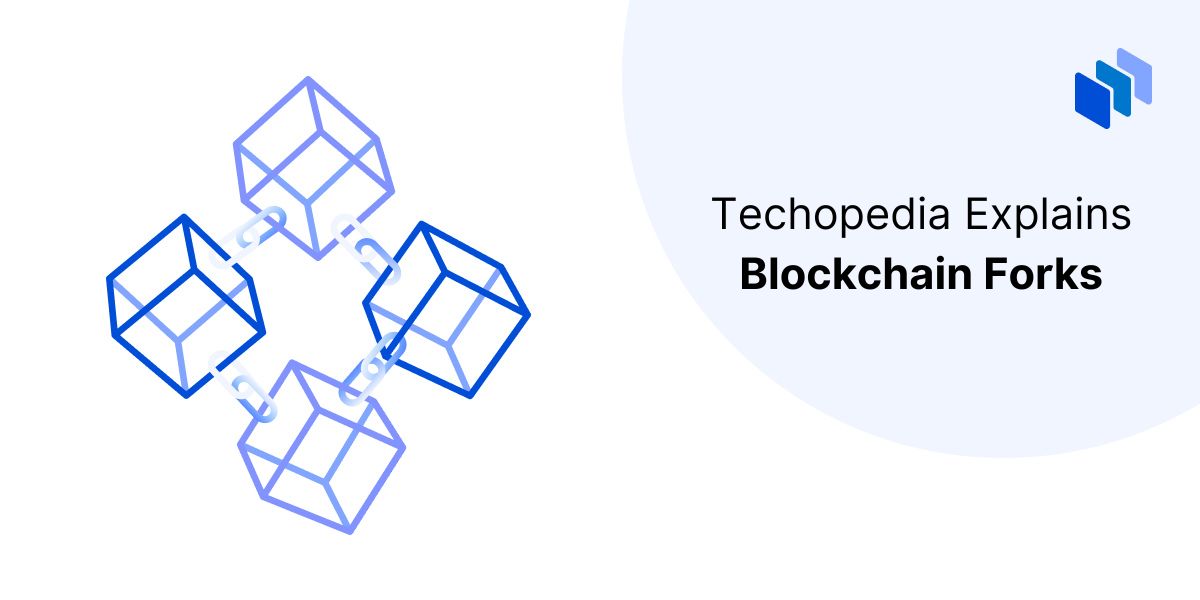
Blockchain Forks: Understanding the Basics and Implications
Blockchain technology has revolutionized industries and opened up numerous possibilities for innovation. However, as with any technology, it is not static and continually evolves to meet the specific needs and preferences of different user groups. This evolving nature is where the concept of a blockchain fork comes into play. In this article, we will explore what a blockchain fork is, how it is executed, its benefits, drawbacks, and its current applications.
A blockchain fork can be thought of as a code modification that creates a new version of an existing chain with specific alterations desired by a select group of users. This modification aims to introduce new functionalities or changes to the existing protocol. Forking is not unique to blockchain technology; it is a common practice in the open-source software industry to create specialized functions on a pre-existing platform.
Blockchains are governed by a specific set of rules, known as protocols, which are agreed upon by the network participants. A forked blockchain is typically created when a group of users wants to operate under different rules. These rules can encompass various aspects of the blockchain, such as the allowable size of the blocks, rewards for participants, or other considerations.
The process of forking a blockchain is relatively straightforward. When a sufficient number of participants, usually at least half, agree to the new set of rules, they start creating blocks from the original chain according to these rules. Anyone can join the fork from that point as long as they comply with the new rules. However, any additions they make to the original chain must adhere to its rules.
There are two main types of blockchain forks: hard forks and soft forks. A hard fork represents a clean break from the original chain, as its protocols are generally incompatible with the parent chain. Nodes established on the pre-fork chain cannot process transactions on the fork, and vice versa. In some cases, the entire community abandons the original chain and transitions to the fork. In other instances, hard forks result in two separate chains with their own currencies and tokens.
On the other hand, a soft fork maintains compatibility with the original chain, allowing existing nodes to update to the fork while still abiding by the original rules. This type of fork requires the participation of only a certain number of nodes, making it easier to implement. Soft forks typically require fewer votes to be enacted compared to hard forks, which usually necessitate universal or near-universal consent.
Blockchain forks can bring various benefits to users, although not necessarily to participants of the original chain. For example, a hard fork on the Ethereum exchange known as the Shanghai Upgrade allowed members to unstake their ETH holdings from Ethereum’s Beacon Chain, making it easier for validators to trade their ETH coins for other currencies. Similarly, a recent soft fork to the Bitcoin protocol called SegWit expanded transaction capacity without changing the block size, giving users the choice to adopt or ignore the new functionality.
However, most forks do not have a long shelf-life unless they provide significant benefits to their users. Sometimes forked chains, even hard forks, can pose threats to the original chain. For instance, the impact on the value of ETH after the Shanghai Upgrade remains unclear, and the process of converting ETH holdings can be convoluted.
Presently, blockchain forks are primarily used to increase the functionality of a blockchain, focusing on financial asset control. Many hard forks create new coins or assets that can be mined and sold under the new rules. Forks can also aim to enhance security or improve recoverability after cyberattacks or outages. Hard forks enable fund recovery lost during a DAO attack by reversing transactions, while soft forks lack this capability due to interoperability with the original chain. Furthermore, forks allow for experimentation with new algorithms, technologies, and business strategies while minimizing exposure to the entire chain.
In conclusion, blockchain forks play a crucial role in the evolution and customization of blockchain technology. They offer the opportunity to improve functionalities, introduce new features, and address specific needs of users. However, they also come with potential drawbacks and uncertainties. As blockchain technology continues to develop, we can expect to see more forks and their impact on cryptocurrencies and digital assets in the global economy.






